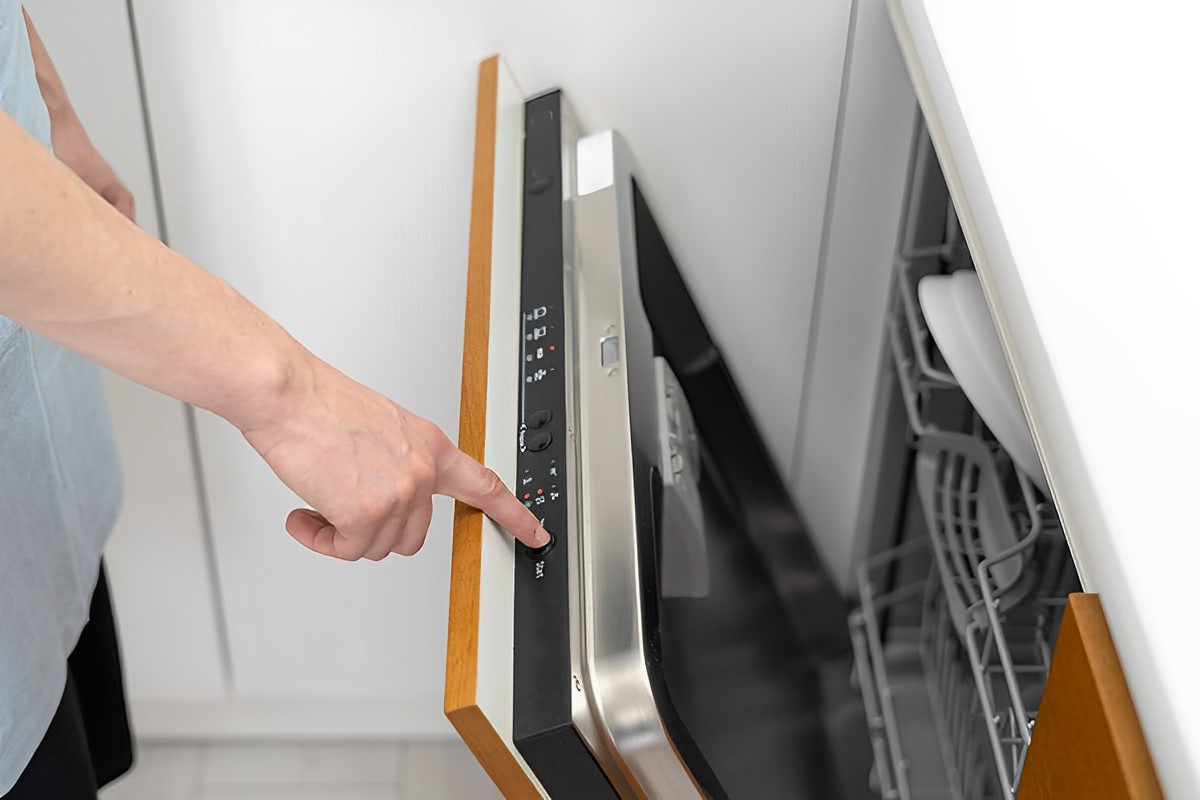

Articles
How To Reset A Bosch Dishwasher
Modified: April 22, 2024
Learn how to reset a Bosch dishwasher with our helpful articles. Find step-by-step instructions and troubleshooting tips to get your dishwasher back to working order.
(Many of the links in this article redirect to a specific reviewed product. Your purchase of these products through affiliate links helps to generate commission for Storables.com, at no extra cost. Learn more)
Introduction
Welcome to our comprehensive guide on how to reset a Bosch dishwasher. A dishwasher is an essential appliance in any modern kitchen, saving you time and effort by efficiently cleaning your dishes. However, just like any other electronic device, dishwashers can sometimes encounter issues that require a reset to resolve.
Resetting a Bosch dishwasher can help resolve various problems, such as a malfunctioning control panel, error codes, or a clogged filter system. It is important to note that resetting your dishwasher should be your first troubleshooting step before seeking professional assistance.
In this article, we will guide you through the step-by-step process of resetting a Bosch dishwasher. Whether you own a Bosch Ascenta, 500 Series, or any other model, these instructions will help you reset your dishwasher and get it back up and running smoothly.
Before we dive into the reset process, it is important to ensure that you are prepared with the necessary tools and information. This will help you streamline the process and avoid any potential complications. Let’s begin by discussing the preparation steps.
Key Takeaways:
- Resetting a Bosch dishwasher is a straightforward process that can resolve common issues such as control panel malfunctions, error codes, and clogged filters. Following the step-by-step instructions and proper preparation can help troubleshoot and restore optimal performance.
- Prioritizing safety, familiarizing with the user manual, and performing regular maintenance are crucial for ensuring the longevity and efficiency of a Bosch dishwasher. By following the outlined reset methods and maintenance guidelines, users can enjoy a hassle-free dishwashing experience.
Read more: How To Load A Bosch Dishwasher
Preparation
Before attempting to reset your Bosch dishwasher, it’s important to gather a few essential items and familiarize yourself with the appliance. Here are the steps you need to follow to adequately prepare for the reset process:
- Ensure safety: Before working on any electrical appliance, including your dishwasher, it’s crucial to prioritize safety. Make sure to disconnect the power supply by either unplugging the dishwasher or turning off the circuit breaker that powers it.
- Gather necessary tools: You will need a few basic tools to perform the reset process. These may include a screwdriver, a soft cloth for cleaning, and a towel to protect the floor from any potential water spills.
- Refer to the user manual: Familiarize yourself with the user manual that came with your Bosch dishwasher. The manual provides valuable information about your specific dishwasher model, troubleshooting tips, and guidance on how to perform a reset.
- Identify the model number: Locate the model number of your Bosch dishwasher. You can typically find it on the inner side of the dishwasher door or the side wall. Knowing the model number will help you find accurate instructions and resources specific to your dishwasher.
- Clear the dishwasher: It is recommended to remove any dishes, cutlery, and other items from the dishwasher before starting the reset process. This will ensure a clean and unobstructed access to the essential components.
- Clean the dishwasher: While not necessary for the reset process, it’s a good practice to clean your dishwasher regularly. Wipe down the interior, racks, and spray arms with a soft cloth and mild detergent to remove any build-up or debris that could affect its performance.
By following these preparation steps, you will be well-equipped to execute the reset process smoothly and efficiently. Now, let’s move on to the different methods to reset your Bosch dishwasher, depending on the issue you’re facing.
Resetting the Control Panel
If you’re experiencing issues with the control panel of your Bosch dishwasher, such as unresponsiveness or error codes, performing a control panel reset can often resolve the problem. Here’s how you can reset the control panel:
- Ensure the dishwasher is turned off: Make sure the dishwasher is not in operation and is completely powered off. You can do this by pressing the power button or turning off the circuit breaker that supplies power to the dishwasher.
- Press and hold the Start button: Locate the Start button on the control panel and press and hold it for about 3 to 5 seconds. This will initiate the reset process.
- Wait for the reset: Continue holding the Start button until the reset is completed. This may take a few seconds. During this time, the control panel may display different indicators or the display may turn off and on. Once the reset is complete, the dishwasher should be ready to use again.
- Test the control panel: After the reset, test the control panel by setting a wash cycle and running the dishwasher. Check if the buttons and functions are working properly. If the issue persists, you may need to try an alternative reset method or seek professional assistance.
Resetting the control panel is a simple and effective solution for resolving common issues related to the control interface of your Bosch dishwasher. However, if your dishwasher is still not functioning correctly or displaying error codes, you may need to try other reset methods or consult the user manual for further troubleshooting steps.
Next, let’s explore the process of power cycling your Bosch dishwasher. This method can help reset the dishwasher’s system and resolve certain problems.
Power Cycling the Dishwasher
If your Bosch dishwasher is experiencing persistent issues that are not resolved by simply resetting the control panel, power cycling the dishwasher can be an effective solution. Power cycling involves completely cutting off the power supply to the dishwasher to reset its internal system. Here’s how you can power cycle your Bosch dishwasher:
- Turn off the dishwasher: Ensure that your dishwasher is turned off by pressing the power button or turning off the circuit breaker that powers it.
- Unplug the dishwasher: Locate the power cord at the back of your dishwasher and unplug it from the electrical outlet. Alternatively, you can also turn off the dishwasher’s power supply by switching off the circuit breaker that controls it.
- Leave it unplugged: Keep the dishwasher unplugged or with the circuit breaker turned off for approximately 5 minutes. This allows any residual power to dissipate and ensures a complete reset of the dishwasher’s internal system.
- Plug it back in or turn on the circuit breaker: After the waiting period, plug the dishwasher back into the electrical outlet or turn on the circuit breaker that powers it. Ensure that the dishwasher is firmly connected to the power source.
- Turn on the dishwasher: Press the power button to turn on the dishwasher. The control panel should light up, indicating that the dishwasher is receiving power and is ready for use.
- Test the dishwasher: After power cycling, run a test cycle on your dishwasher to ensure that it is functioning correctly. Select a wash cycle and allow the dishwasher to complete a full cycle. Check for any error codes or malfunctions during the operation.
Power cycling your Bosch dishwasher can often resolve stubborn issues by resetting the internal system. However, if the problem persists even after power cycling, there may be an underlying mechanical or electrical issue that requires professional attention. In such cases, it is recommended to consult a Bosch service technician or refer to the user manual for further troubleshooting steps.
Next, let’s explore how to check for error codes and perform a reset based on the specific error message displayed by your Bosch dishwasher.
Checking for Error Codes
If your Bosch dishwasher is displaying an error code on its control panel, it can provide valuable information about the underlying issue. Error codes are specific alphanumeric codes that indicate different types of malfunctions or problems within the dishwasher’s system.
To check for error codes and perform a reset based on the specific error message displayed, follow these steps:
- Refer to the user manual: Consult the user manual that came with your Bosch dishwasher to identify the meaning of the error code. You’ll find a list of error codes along with their corresponding explanations and troubleshooting steps.
- Decode the error code: Identify the error code displayed on the control panel of your dishwasher. It will be a combination of letters and numbers. Use the information provided in the user manual to understand the nature of the issue.
- Perform the recommended reset: The user manual will typically provide specific instructions on how to reset the dishwasher based on the error code. This may involve pressing certain buttons in a specific sequence or following a particular process. Follow the instructions provided to perform the recommended reset.
- Wait for the reset: After performing the reset, wait for a few minutes to allow the dishwasher to reset its internal system. During this time, the control panel may display different indicators or the display may turn off and on. Once the reset is complete, the dishwasher should be ready to use again.
- Test the dishwasher: After the reset, test the dishwasher by running a wash cycle and monitoring for any error codes or malfunctions. If the error code persists, it might indicate a more significant issue that requires professional attention.
Checking for error codes and performing the recommended reset can effectively resolve many common issues with Bosch dishwashers. However, if the error code reoccurs or the problem persists, it is advisable to contact a Bosch service technician for further assistance.
Next, let’s explore the process of resetting the filter system in your Bosch dishwasher. This can help resolve issues related to clogged filters and ensure optimal performance.
To reset a Bosch dishwasher, simply press and hold the Start button for about 3 seconds to cancel the current cycle and reset the dishwasher.
Read more: How To Start A Bosch Dishwasher
Resetting the Filter System
A clogged filter system can cause various issues in your Bosch dishwasher, such as poor cleaning performance, water draining problems, or unpleasant odors. Resetting the filter system can help remove any accumulated debris and restore the dishwasher’s efficiency. Here’s how you can reset the filter system:
- Open the dishwasher door: Start by fully opening the dishwasher door to gain access to the interior.
- Locate the filter assembly: Depending on your Bosch dishwasher model, the filter assembly may be located at the bottom of the dishwasher tub or near the back. It usually consists of multiple parts, including the main filter, fine filter, and coarse filter.
- Remove the filters: Carefully remove the different components of the filter assembly, starting with the coarse filter. Rinse each filter under warm running water to remove any accumulated residue or debris. Use a soft brush, such as an old toothbrush, to gently scrub away stubborn dirt.
- Inspect the filter housing: While the filters are removed, inspect the filter housing for any visible signs of clogs or blockages. If necessary, use a cloth or brush to clean the filter housing and remove any debris or obstructions.
- Reassemble the filters: Once the filters and the filter housing are clean, reassemble the filter components in the reverse order of their removal. Ensure that each filter is properly aligned and securely seated in its designated position.
- Perform a reset: Some Bosch dishwasher models require a specific reset process after cleaning the filter system. Consult the user manual to check if a reset is necessary and follow the instructions provided to perform it.
- Test the dishwasher: After resetting the filter system, run a test cycle on your dishwasher to ensure that it is functioning optimally. Check for any signs of improved performance, such as better cleaning results and proper water drainage.
Resetting the filter system can significantly improve the performance and functionality of your Bosch dishwasher. By removing accumulated debris and ensuring unrestricted water flow, your dishwasher will be able to clean dishes more effectively and prevent potential issues.
In the next section, we will discuss how to drain your Bosch dishwasher in case of excessive water or drainage problems.
Draining the Dishwasher
If you’re experiencing excessive water in your Bosch dishwasher or issues with drainage, it may be necessary to manually drain the dishwasher. This can help resolve water-related problems and ensure smooth operation. Here’s how you can drain your Bosch dishwasher:
- Turn off the dishwasher: Make sure the dishwasher is turned off and unplugged from the power source to ensure safety.
- Locate the drain hose: The drain hose is usually located at the back of the dishwasher, connected to the drain pump. It is a flexible hose that carries water out of the dishwasher.
- Disconnect the drain hose: Carefully disconnect the drain hose from either the sink drain or the garbage disposal unit. Use pliers if needed to loosen any clamps or connectors holding the hose in place.
- Position a container: Place a shallow container or towel on the floor beneath the disconnected end of the drain hose. This will collect any water or debris that may come out during the draining process.
- Drain the water: With the container in place, allow the water to drain from the disconnected hose. You can gently shake or squeeze the hose to help facilitate the flow of water. Ensure that the container is large enough to hold all the water coming out of the hose.
- Inspect and clean: While the dishwasher is draining, inspect the drain hose for any clogs or obstructions. Use a flashlight or a thin object, such as a straightened coat hanger, to clear any debris that may be blocking the hose.
- Reconnect the drain hose: Once the water has completely drained, reattach the drain hose to its original connection point. Ensure that it is securely fastened and that any clamps or connectors are tightened.
- Test the dishwasher: After properly reconnecting the drain hose, run a test cycle on your dishwasher to check if the drainage problem has been resolved. The water should now flow out smoothly.
Manually draining your Bosch dishwasher can be an effective way to address excessive water and drainage issues. However, if the problem persists or recurs frequently, it may indicate a more significant problem that requires professional attention.
In the next section, we will explore how to reset the program on your Bosch dishwasher. This can help resolve issues related to program settings or cycle interruptions.
Resetting the Program
If your Bosch dishwasher is experiencing issues with program settings or cycle interruptions, resetting the program can often solve the problem. This process allows you to start a fresh program without any previous settings or interruptions. Here’s how you can reset the program on your Bosch dishwasher:
- Pause or cancel the current cycle: If your dishwasher is currently running a cycle, pause or cancel it to ensure a clean reset. Press the appropriate button on the control panel to stop the current program.
- Turn off the dishwasher: Make sure the dishwasher is turned off and unplugged from the power source for at least a minute. This will ensure a complete power reset and allow any residual power to dissipate.
- Turn on the dishwasher: Plug the dishwasher back into the power source and turn it on. Ensure that the control panel lights up, indicating that the dishwasher has power.
- Select a new program: Choose a new program or cycle on the control panel. Make sure to select the desired settings, such as temperature and duration, according to your dishwashing needs.
- Start the new program: Press the start button to initiate the new program. The dishwasher should now begin running the selected cycle with a fresh start and no interruptions from previous programs.
- Monitor the dishwasher: Keep an eye on the dishwasher as it runs the new program. Check if any error messages or issues occur during the cycle. If the problem persists, it may require further troubleshooting or professional assistance.
Resetting the program on your Bosch dishwasher can help eliminate any program-related issues and provide a fresh start for efficient dishwashing. However, if the problem reoccurs frequently or persists despite the reset, it is recommended to consult the user manual or contact a Bosch service technician for further assistance.
By following these steps, you can effectively reset your Bosch dishwasher and resolve common issues that may arise. It’s important to remember that regular maintenance and proper usage can help prevent problems and extend the lifespan of your dishwasher. Keep your dishwasher clean, follow manufacturer guidelines, and address any issues promptly to ensure optimal performance.
We hope this guide has been helpful in assisting you with resetting your Bosch dishwasher. Enjoy your clean and hassle-free dishwashing experience!
Conclusion
Resetting a Bosch dishwasher is a simple yet effective way to address common issues and restore its optimal performance. Whether you’re facing problems with the control panel, error codes, clogged filters, drainage, or program settings, performing a reset can often resolve these issues without the need for professional assistance.
In this comprehensive guide, we have provided step-by-step instructions for various reset methods, including resetting the control panel, power cycling the dishwasher, checking for error codes, resetting the filter system, draining the dishwasher, and resetting the program. By following these instructions and properly preparing for the reset process, you can troubleshoot and resolve many common issues that may arise with your Bosch dishwasher.
However, it’s important to note that if the problem persists or recurs frequently, it may indicate a more significant mechanical or electrical issue that requires professional attention. In such cases, it is recommended to consult the user manual or contact a Bosch service technician for further assistance.
Remember to prioritize safety when working with electrical appliances by disconnecting the power supply before attempting any resets or maintenance procedures. Also, familiarize yourself with the user manual and specific instructions for your Bosch dishwasher model.
Regular maintenance, proper usage, and prompt addressing of issues are key to ensuring the longevity and optimal performance of your Bosch dishwasher. Clean the dishwasher regularly, clear debris from filters, and follow the manufacturer’s guidelines for maintenance and care.
We hope that this guide has provided you with valuable insights and guidance on how to reset your Bosch dishwasher. By following the steps outlined in this article, you can effectively troubleshoot and resolve common issues, allowing you to enjoy a clean and efficient dishwashing experience for years to come.
Thank you for reading, and happy dishwashing!
Frequently Asked Questions about How To Reset A Bosch Dishwasher
Was this page helpful?
At Storables.com, we guarantee accurate and reliable information. Our content, validated by Expert Board Contributors, is crafted following stringent Editorial Policies. We're committed to providing you with well-researched, expert-backed insights for all your informational needs.
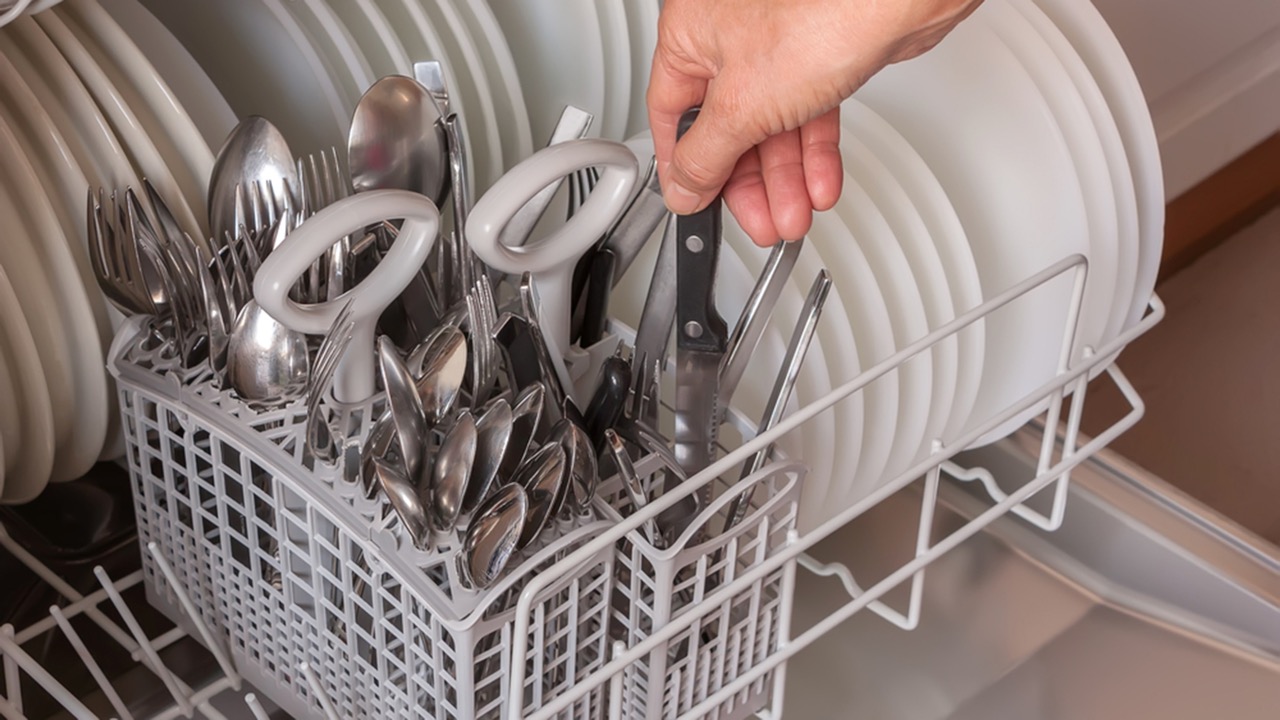
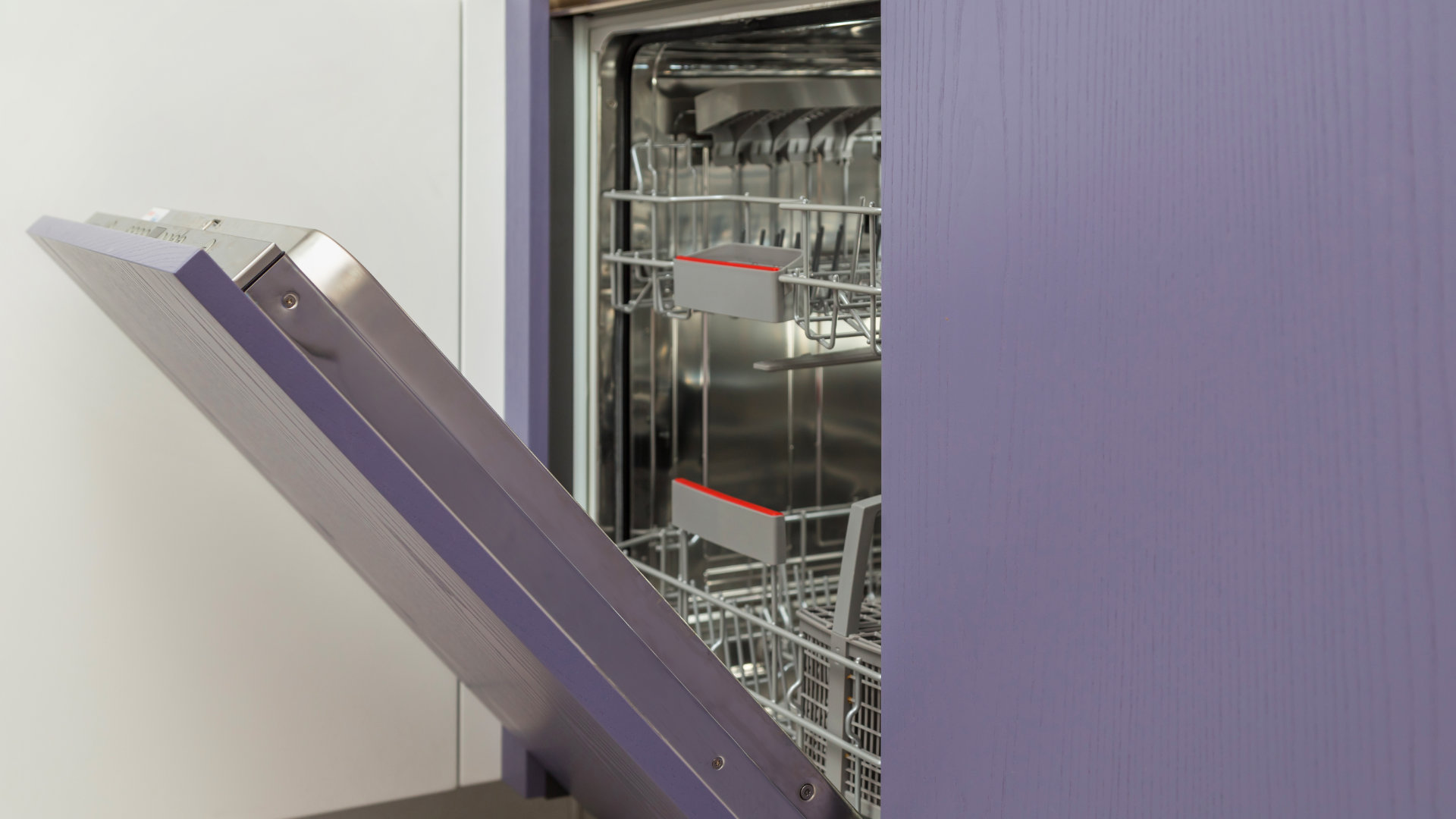
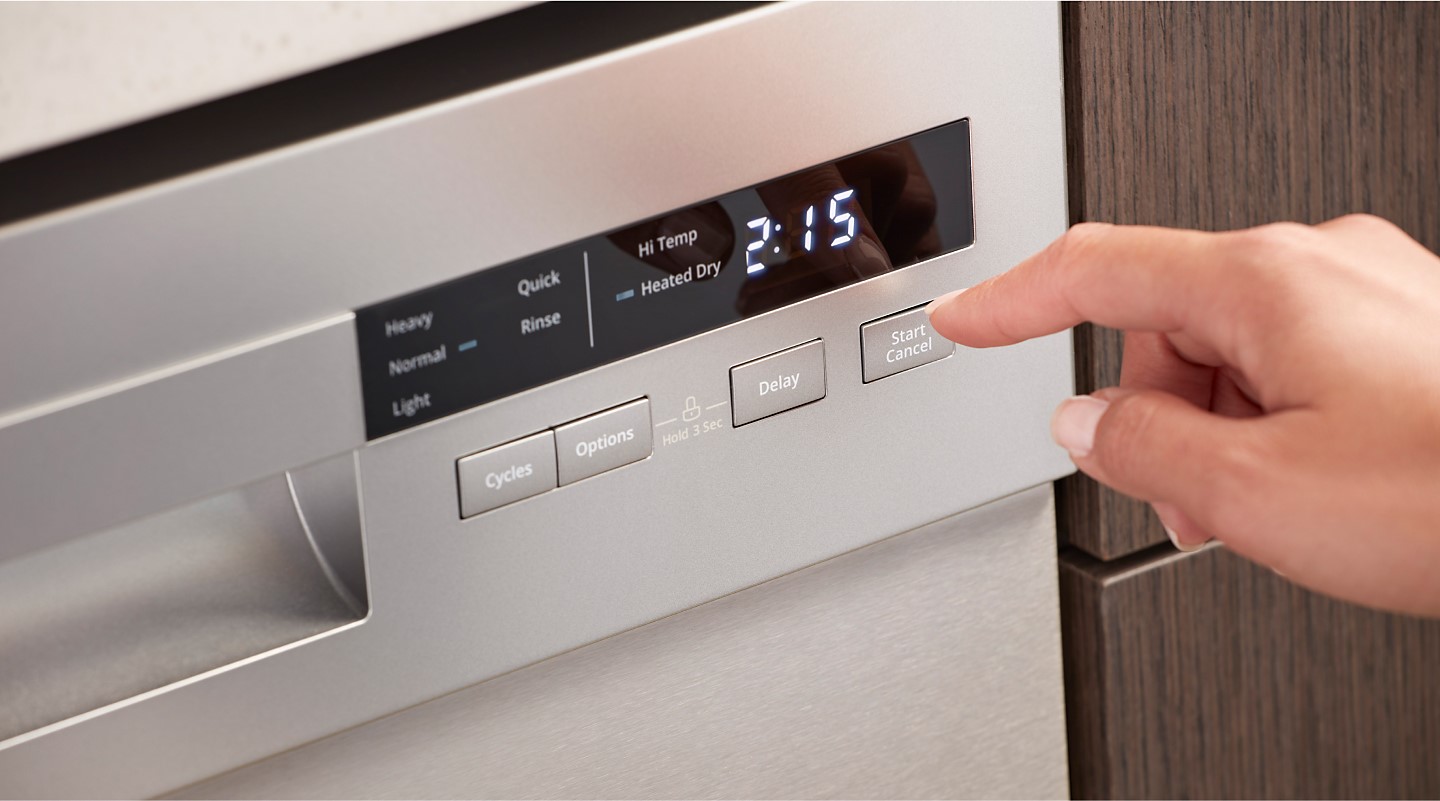
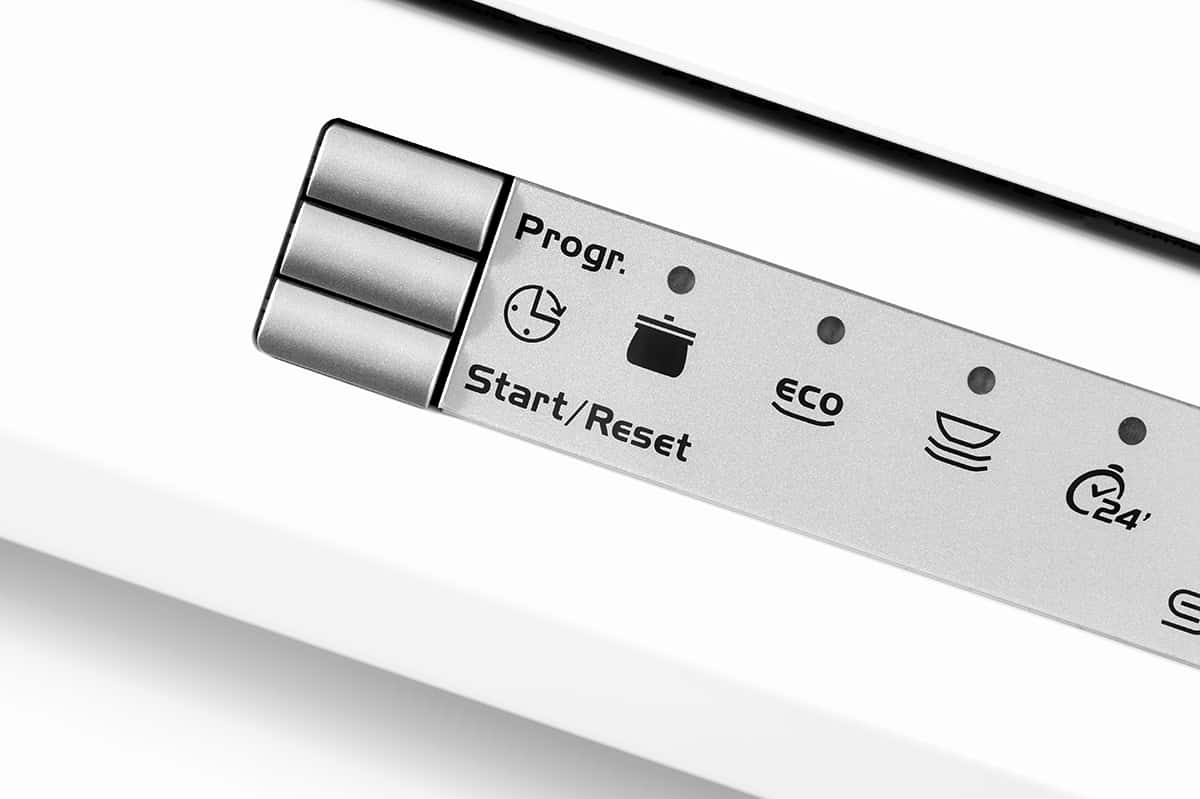
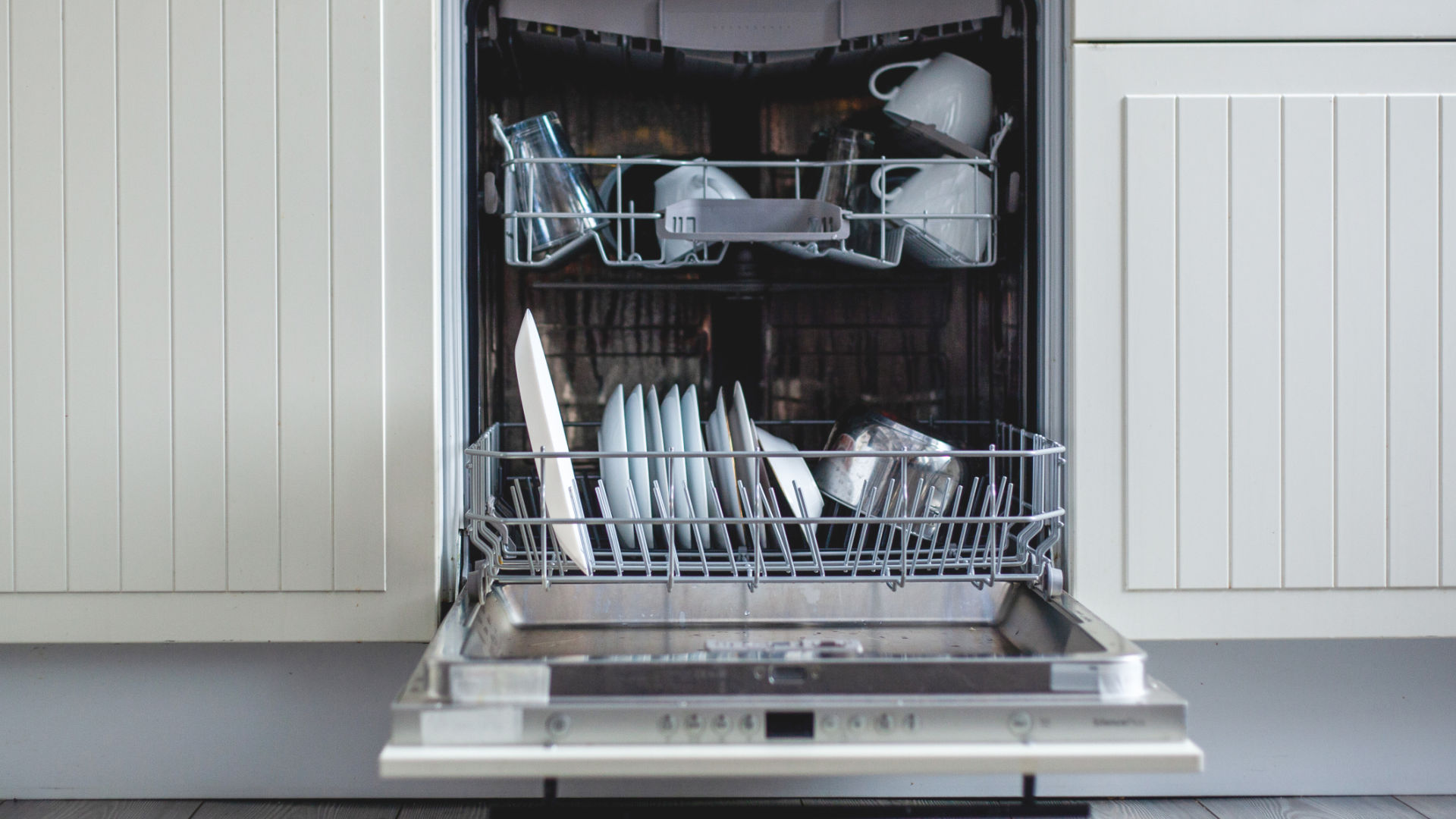
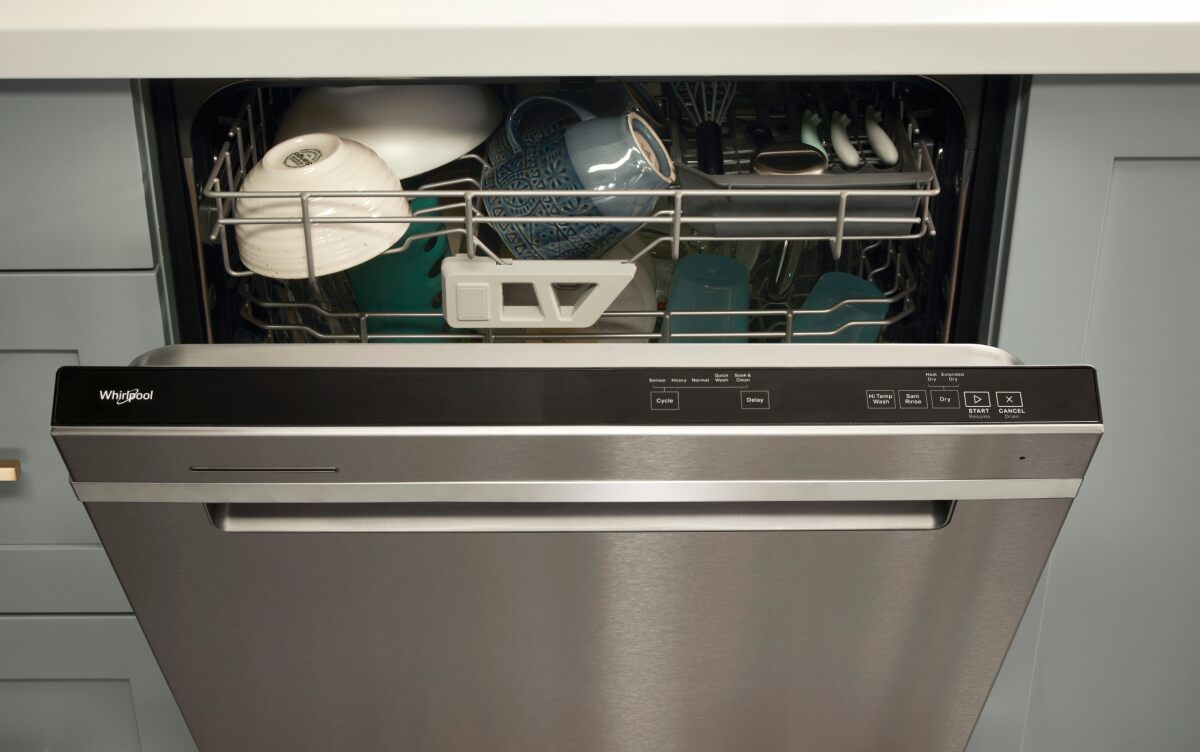
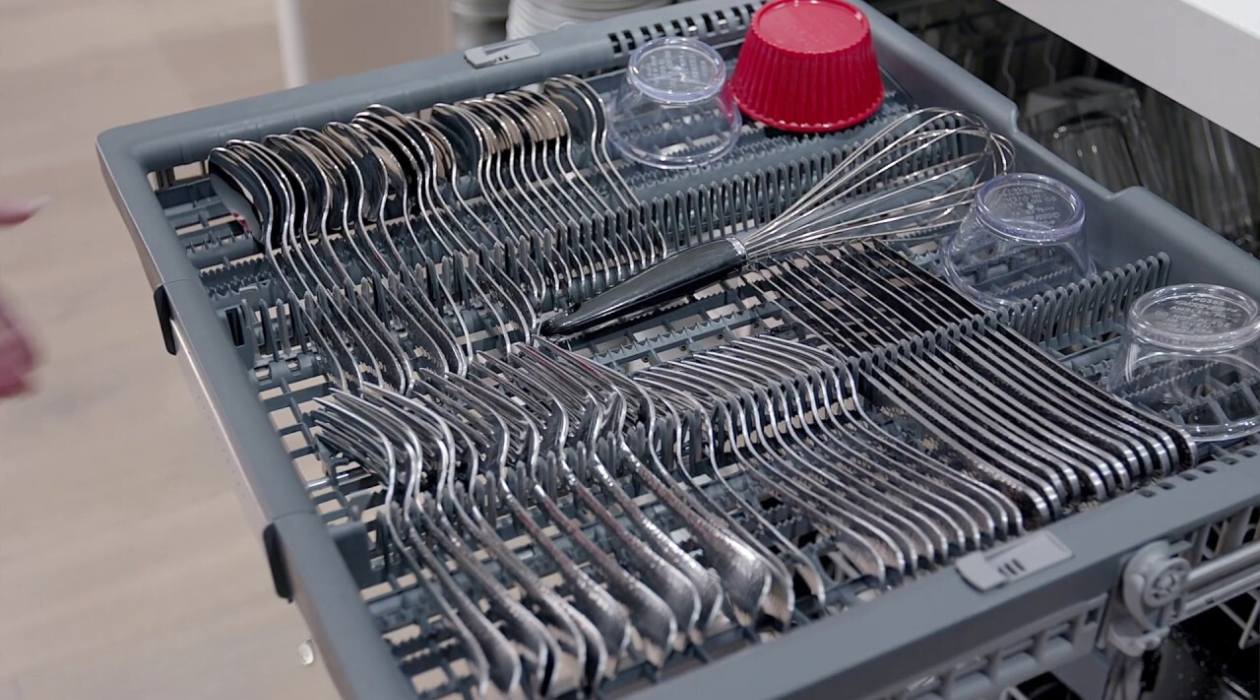
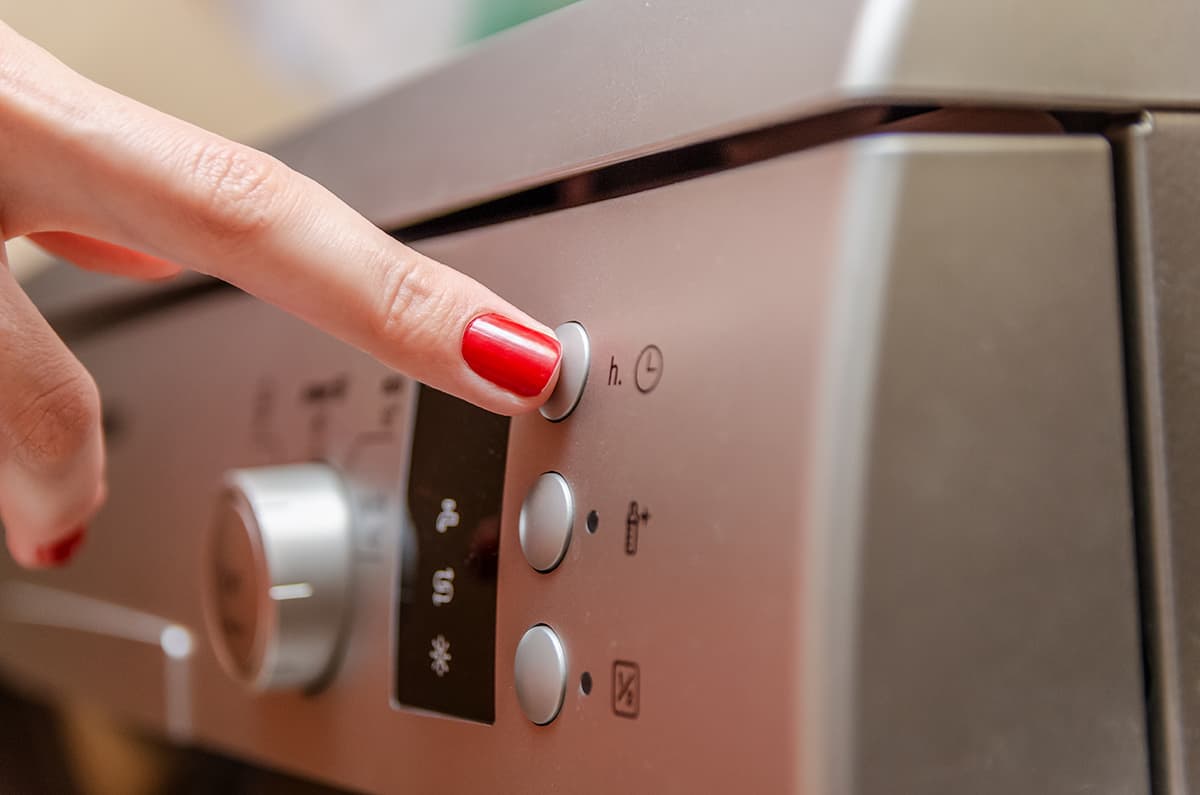
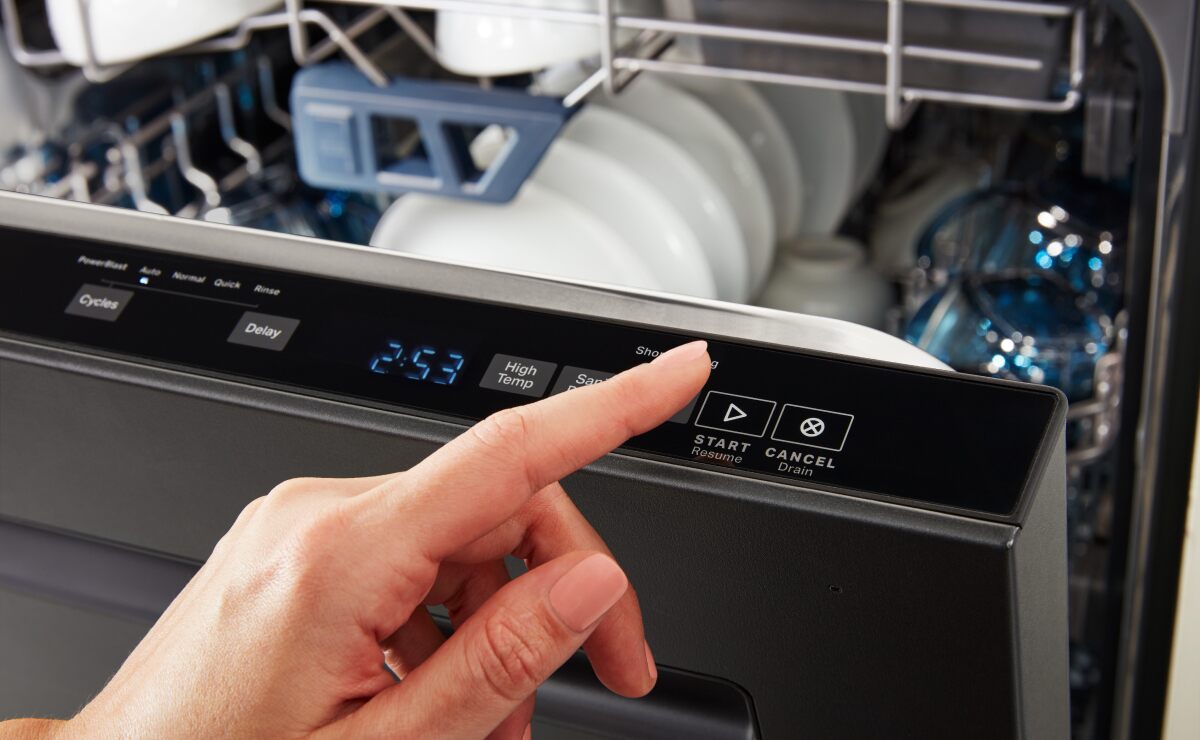
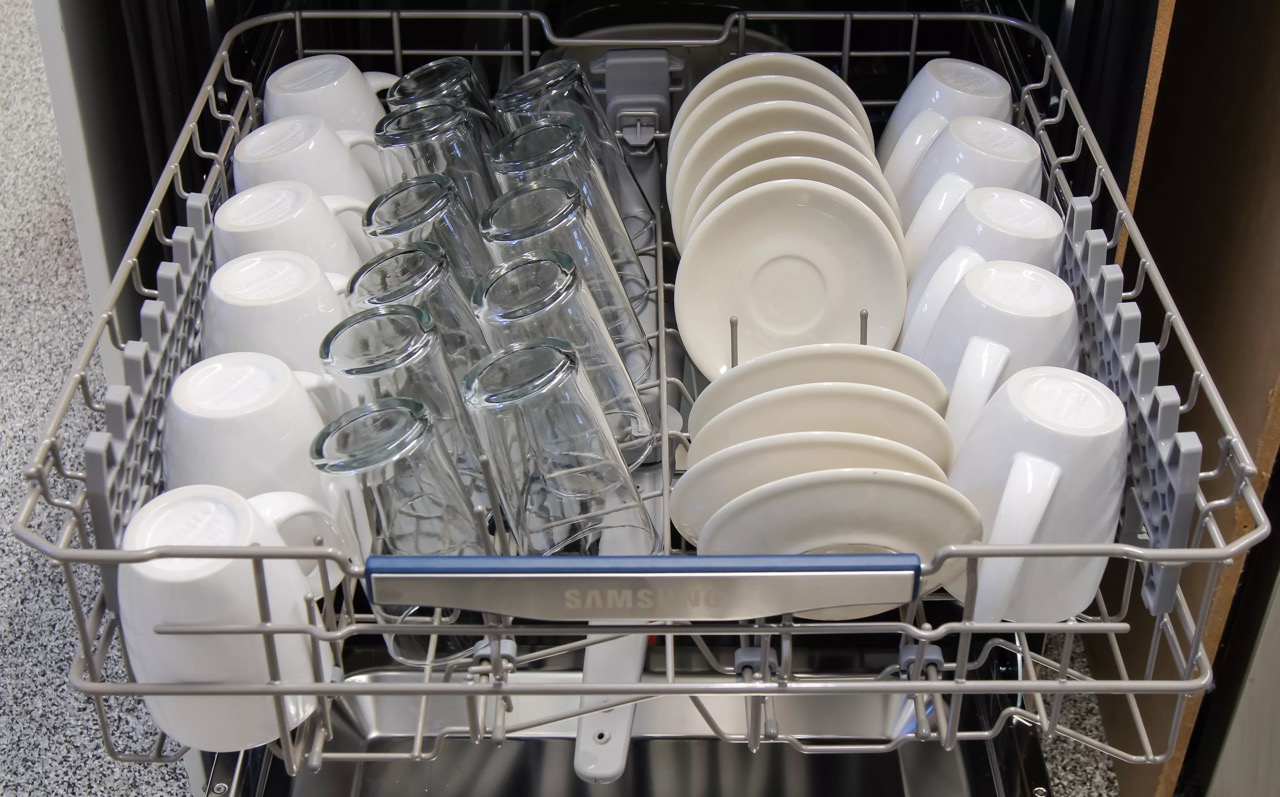
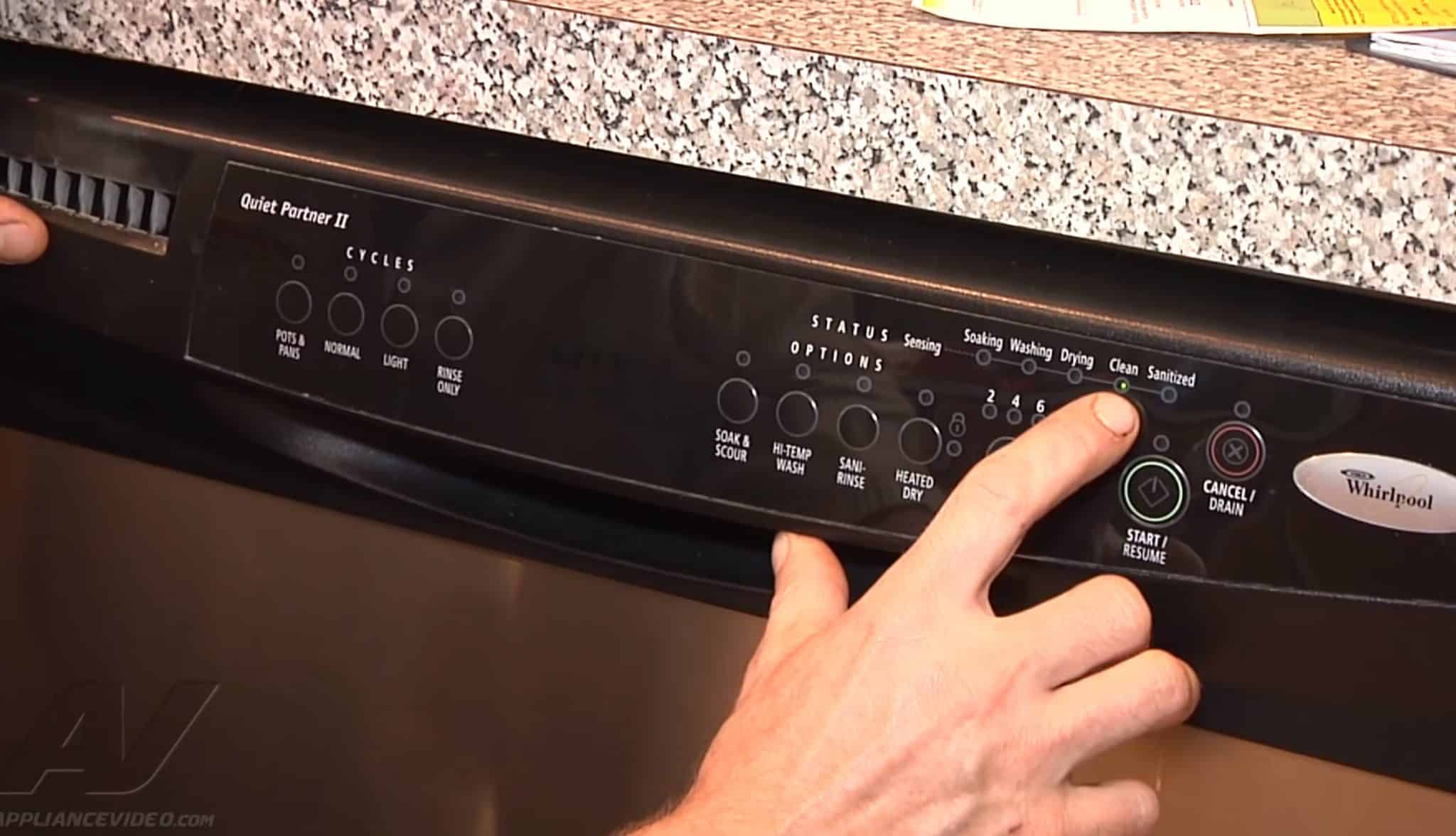
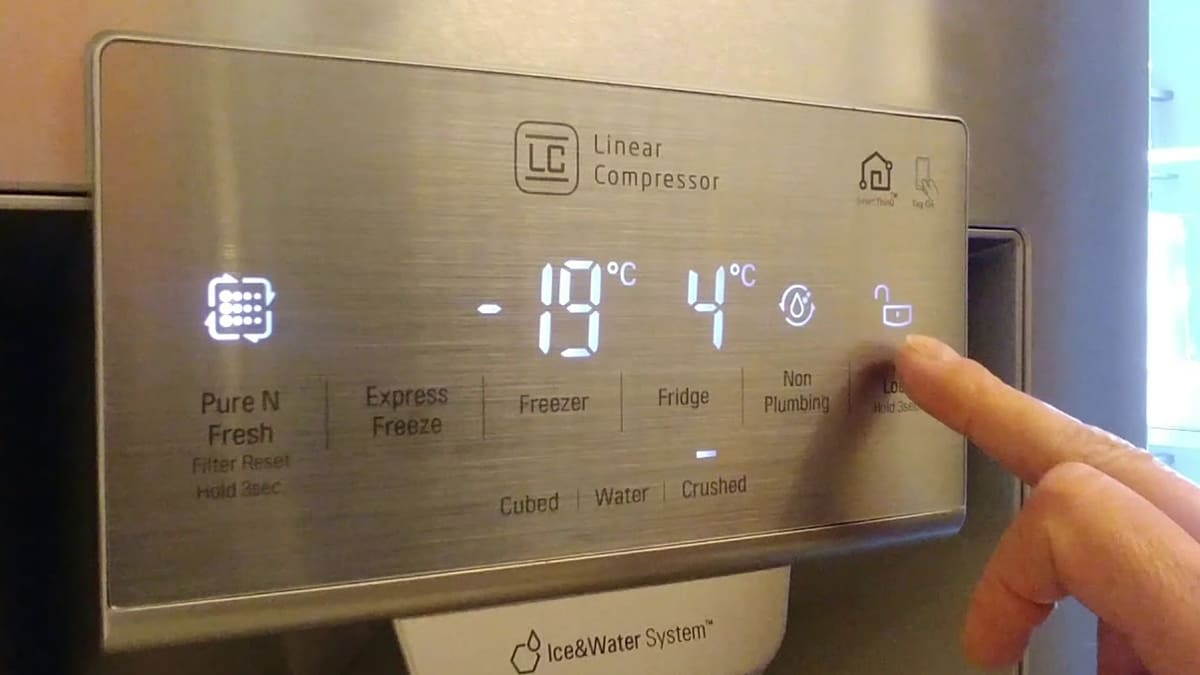
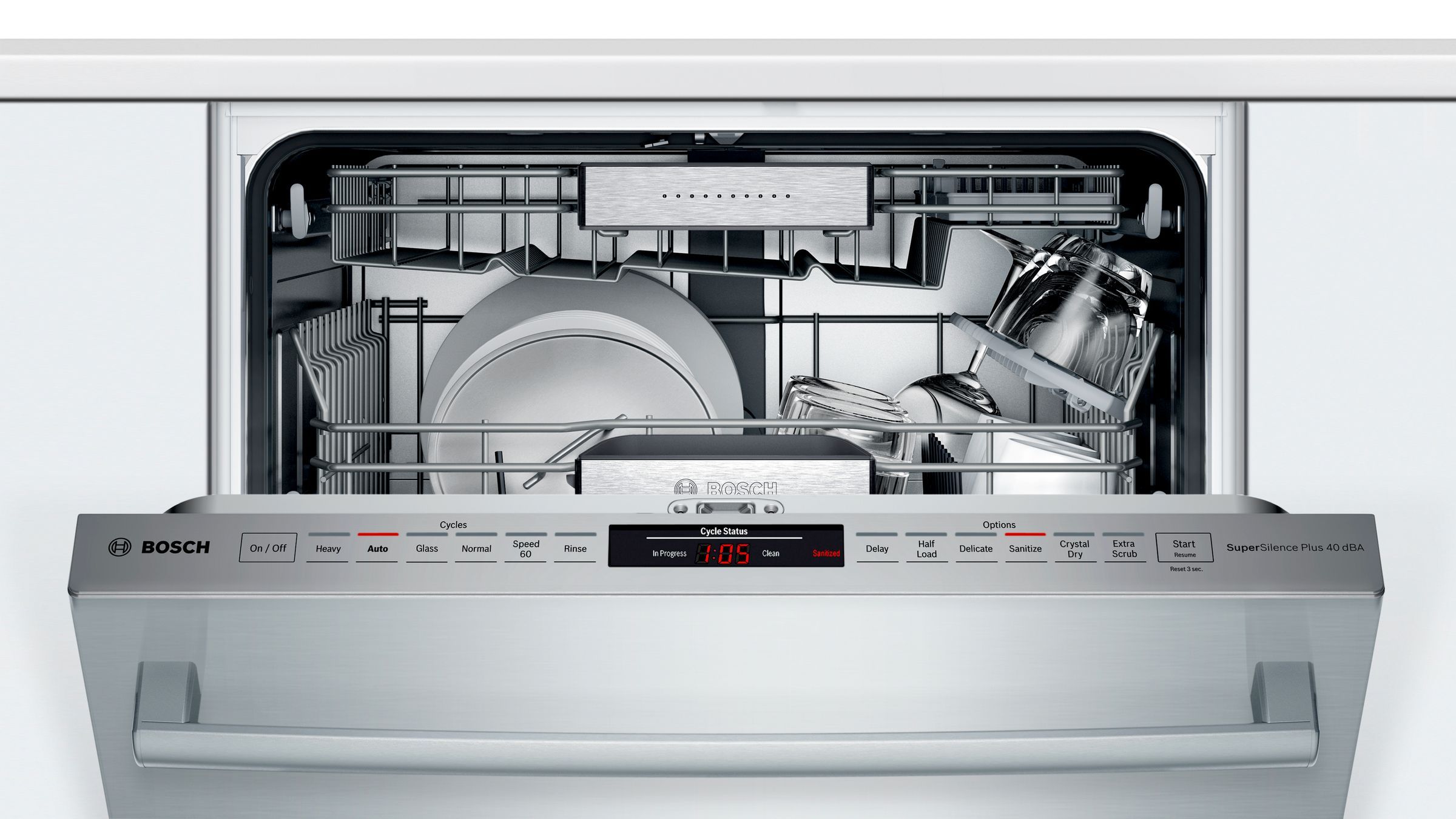
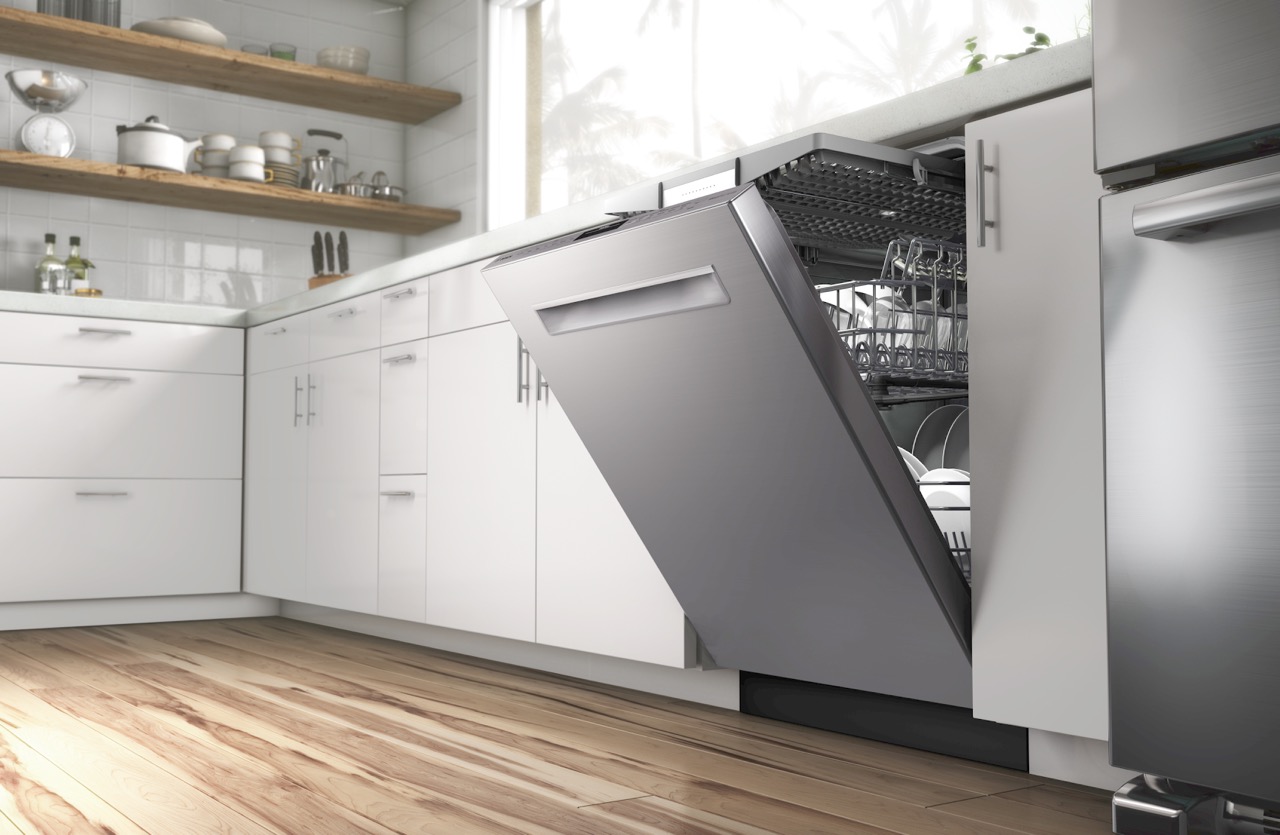

0 thoughts on “How To Reset A Bosch Dishwasher”